Purpose Built Vaccine Fridges
Modern vaccine fridges now provide two key benefits:
- Much better and more reliable temperature control
- Immediate notification to staff nearby that a problem has occurred
For a facility to be VaxShield compliant, all vaccines must be stored in a VaxShield compliant fridge. The following are the minimum requirements for a fridge to be VaxShield compliant.
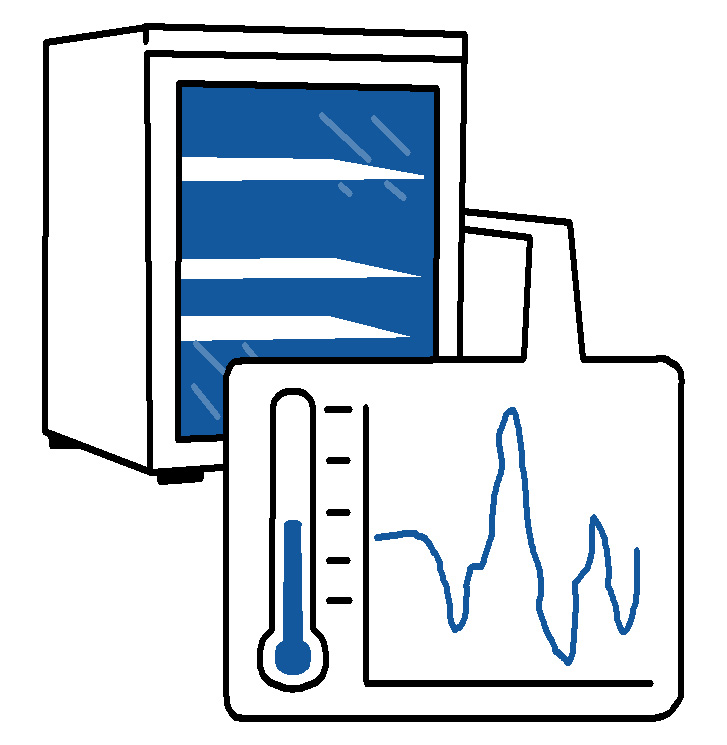
Essential features
ALL of the following features must be available AND enabled within the vaccine fridge
Optional features
The following features are not mandatory, but are worth considering.
Essential features
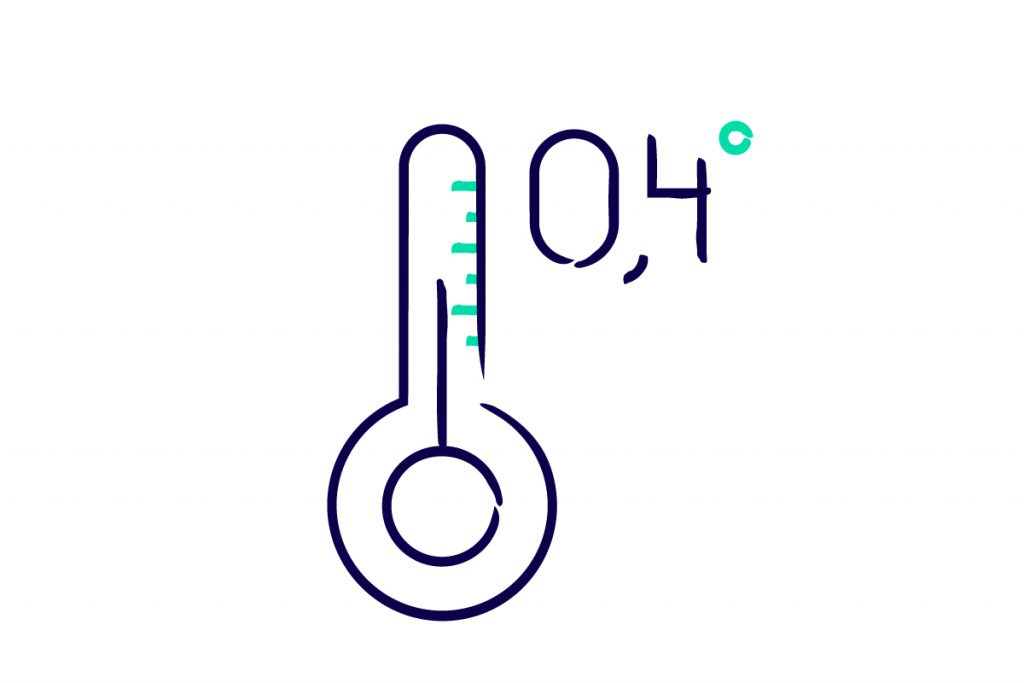
Temperature sensor
The inbuilt temperature sensor should be located in a position that is a good reflection of interior temperature, and ideally the coldest location.
A sensor at the front of the fridge (typical in many drink fridges) is not acceptable. This is the warmest part of the fridge and may result in the fridge freezing other locations in an attempt to cool the front of the fridge. The sensor needs to have an accuracy of 0.4° or better.

Computer controlled cooling
Both the temperature at which the compressor turns on AND off must be controlled by an inbuilt “computer” controller.
The setpoints for both of them should be configurable by at least a qualified technician.

Audible alarm
A built-in audible alarm needs to sound when the fridge is too hot or too cold. This alarm needs to continue until it is reset by the user. It MUST NOT automatically turn off when the temperature returns back within the 2 to 8° range.
The audible alarm is absolutely essential to ensure that local staff are notified the moment a problem is detected.
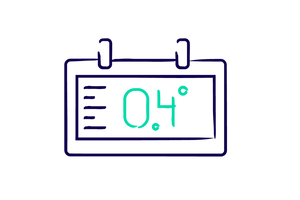
Temperature display
At least one temperature needs to be displayed on the outside of the fridge. This is primarily as a reminder to staff that the temperature of vaccines is critical, and acts as a guide when there is a temperature breach.
Note that the audible alarm should be the first indication that there has been a temperature breach. The cloud based temperature logger is the next immediate notifier to staff of a breach. This rapid response is not reliant on staff manually checking the display frequently.

Fan forced air-flow
The interior air needs to be circulating to help ensure a uniform temperature within the fridge. This needs to be running continually.
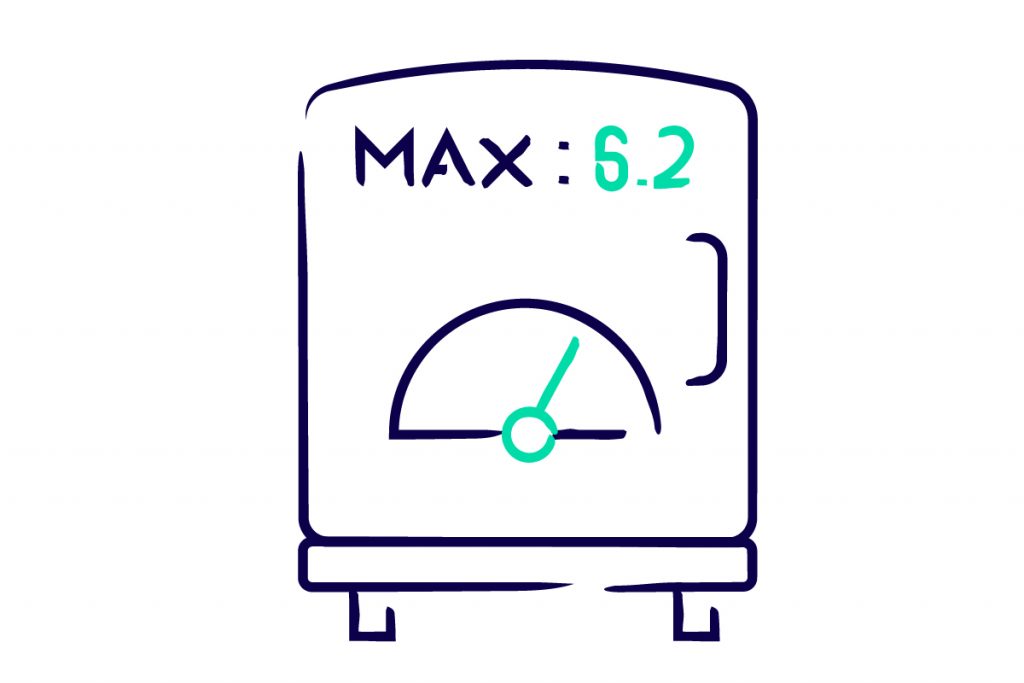
Min / Max available via the display
It should be possible to view the minimum and maximum temperature via the display on the front of the fridge, as well as reset them. Clear instructions on how to do this should be provided to the customer. Ideally a sticker or poster on or near the fridge should provide instructions.
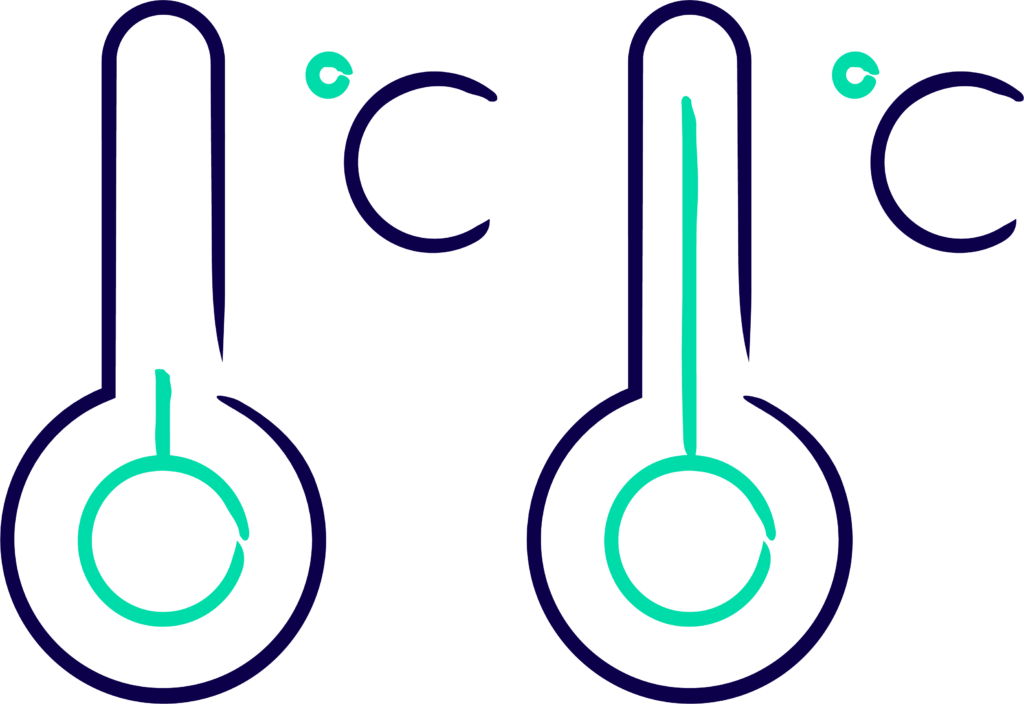
Independent logging
The temperature logger needs to be a standalone device that is NOT part of the vaccine fridge. The sensor that is used for controlling the fridge MUST NOT be used for logging the temperature. See the section on Temperature Loggers for more information.
Optional features
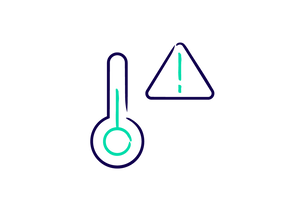
Relay output connected to an alarm system
The relay should turn on if there is power to the fridge and the fridge is within the correct temperature range. The relay will turn off in the event of a power failure or the fridge becoming too warm or cold. This is then connected to a remotely monitored alarm system.
NOTE: This is NOT a substitute for a remote temperature monitoring system. The only information that the relay provides is that there is a potential problem on site. The benefit it provides is that there is then a security monitoring company that will be trying to contact someone to respond.

Glass Doors
Glass doors have the benefit that staff can look inside to find a vaccine before opening the door. This is a useful feature where there is a large turnover in staff. Glass doors typically have the disadvantage that they will heat up faster in the event of a power failure.
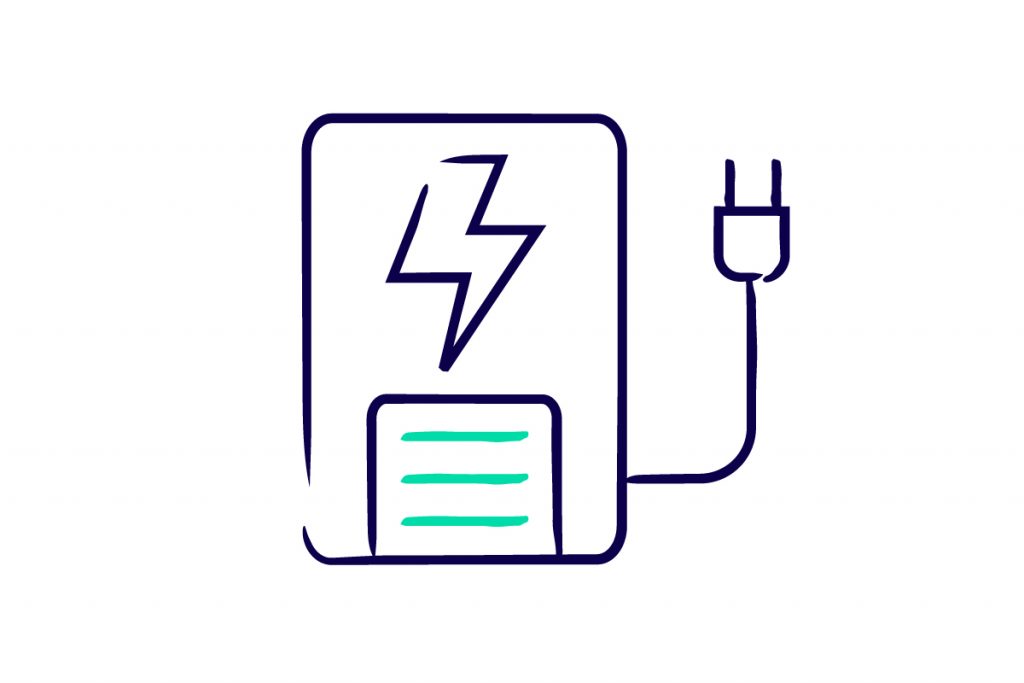
Uninterruptable power supplies (UPS)
An uninterruptable power supply (UPS) is a device that will provide power in the event of a power failure.
They are very useful where power is unreliable, but they have a limited capacity and cannot be used for extended power failures.
Clarifications
- Domestic fridges are not acceptable.
- Blood fridges set for 2° to 6°C are acceptable, provided all the other requirements are met
- There are a number of operational issues that are covered under procedures and personnel.
